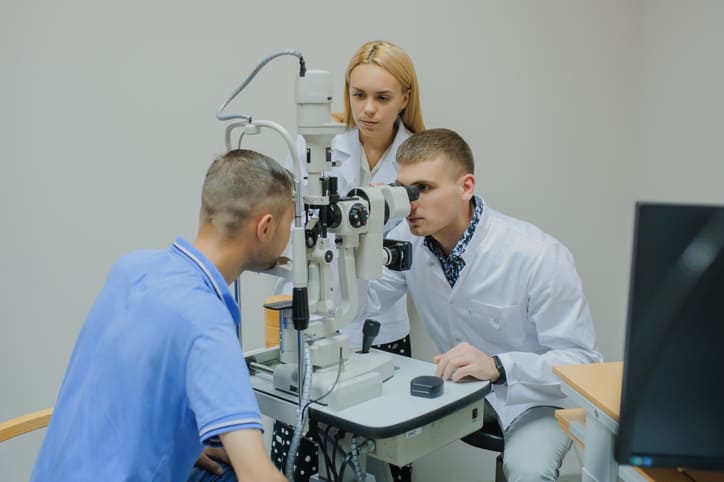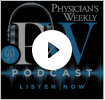The following is a summary of “Analysis of Research Activity Among Ophthalmology Fellows,” published in the March 2024 issue of Ophthalmology by Vought et al.
Researchers conducted a retrospective study in 2023 to assess the impact of research engagement on the academic success of ophthalmology fellows and evaluate their research activity across different subspecialties.
They gathered information on Ophthalmology fellowship programs from the Association of University Professors of Ophthalmology and the American Society of Ophthalmic Plastic and Reconstructive Surgery websites, categorizing them into various subspecialties. These subspecialties included Cornea and External Disease (CED), Cornea, External Disease, and Refractive Surgery (CEDRS), Glaucoma, Medical Retina (MR), Neuro-Ophthalmology (NO), Oculoplastics, Pediatric Ophthalmology (PO), Surgical Retina (SR), Uveitis, and Other (encompassing Oncology, Pathology, and combined Oncology and Pathology fellowships). Current fellows were identified using publicly available online information, excluding programs and fellows without available data. Research output was measured using total publications, Hirsch index (h-index), and weighted-relative citation ratio (w-RCR), while research impact was gauged through total citations and mean-RCR (m-RCR). The duration of publishing was calculated based on the years of the oldest and most recent publications. Statistical analysis employed Kruskal–Wallis H tests with a significance level of .05.
The results showed that of 373 fellows from 229 programs meeting the inclusion criteria, more than half were men (54.4%), with the most common degree type being MD (93.0%). Across all subspecialties, the median h-index was 3.0 (IQR = 4), m-RCR was 0.9 (IQR = 1.2), and w-RCR was 3.2 (IQR = 9.8). The median number of publications was six (IQR = 10), with 34 citations (IQR = 110) and 4 years of publishing (IQR = 6). Significant differences were observed in h-index (P=.038), total publications (P<.001), and w-RCR (P=.028) by subspecialty.
Investigators concluded that the research activity of the ophthalmology fellowship varies by subspecialty. Uveitis and Oculoplastics have the most, and Medical Retina and Others have the least, providing valuable insights for fellowship applicants.
Source: tandfonline.com/doi/full/10.1080/08820538.2024.2324459



















